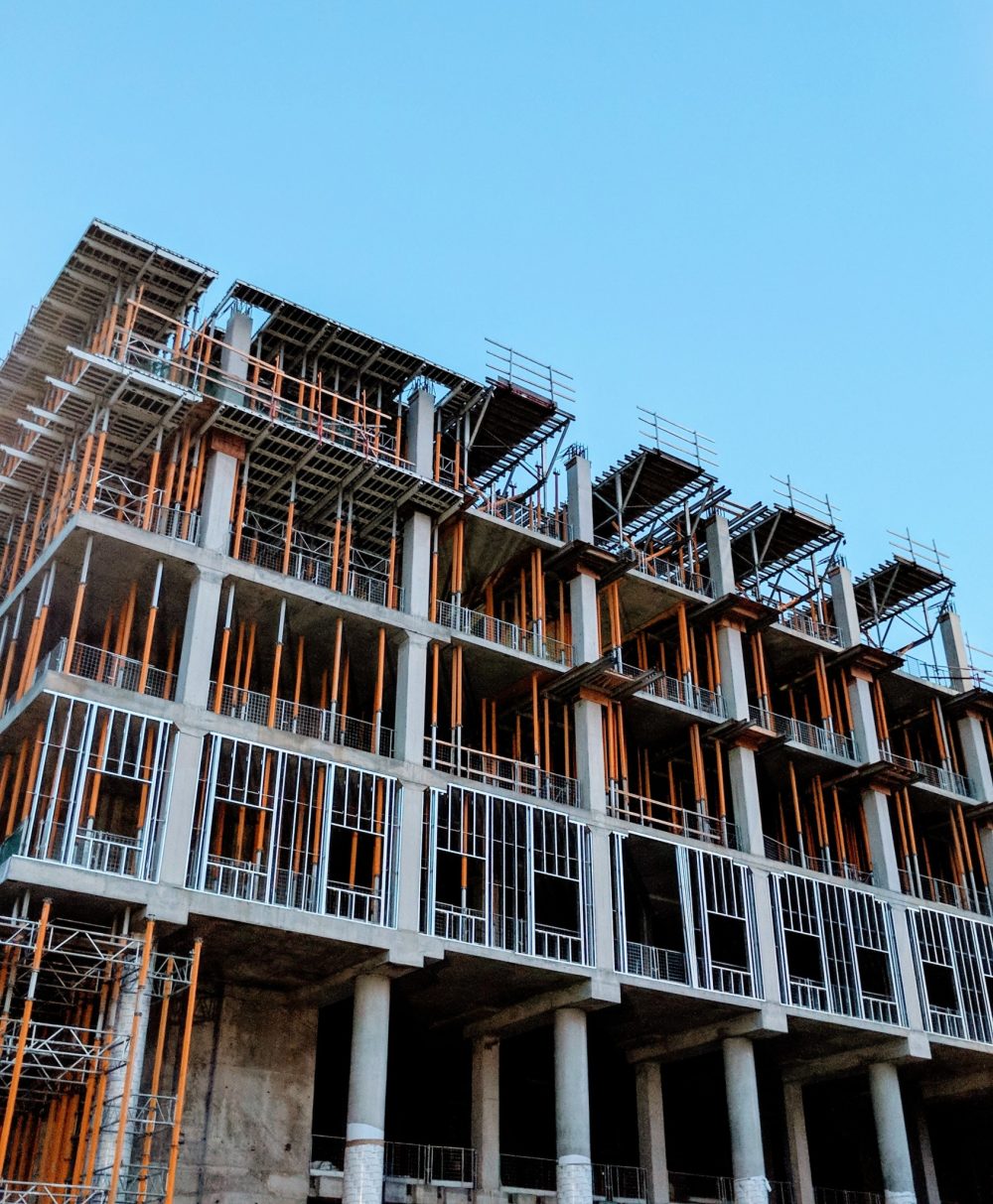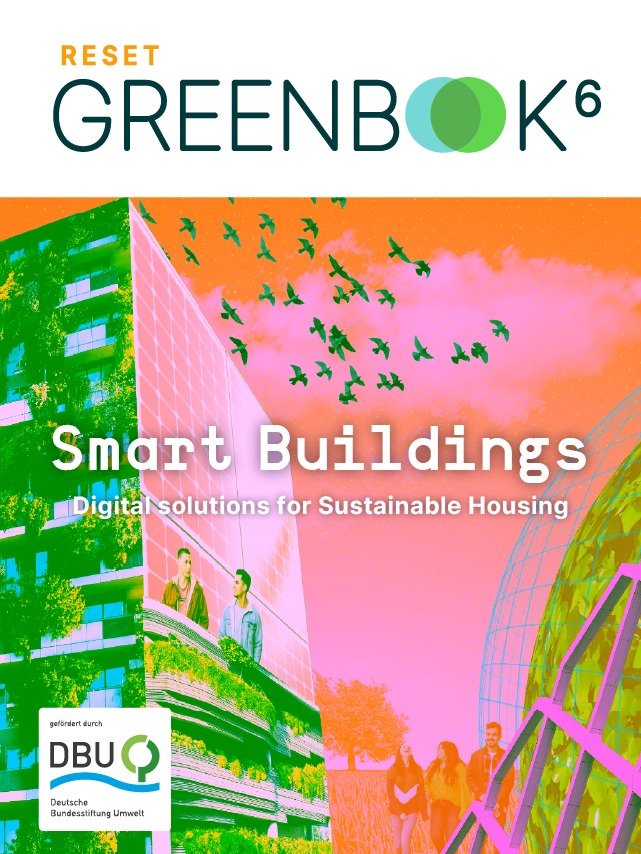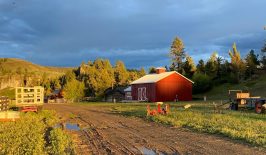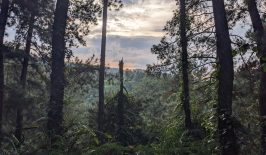Sustainability is gradually gaining root in the Kenyan construction industry, with consumers increasingly showing an interest in adopting the green construction theme in their buildings.
However, low levels of awareness, affordability and accessibility to green building technologies have stymied the uptake of green building materials in Kenya and other parts of Africa. Experts note that the general lack of awareness has made it an uphill battle to get more consumers on board with green building technologies. This has created a need to bridge consumers with players in the supply chain dealing in sustainable materials and service providers.
To plug the gaps in awareness and enhance accessibility to the technologies, a Kenyan start-up has created a digital marketplace to help spread the word and foster a culture of green construction, while providing vital links between consumers and service providers. Jenga Green Library is a pioneering platform designed to be a one-stop shop for showcasing the whole supply chain of sustainable building products and services. It is a free and interactive platform that brings together suppliers, dealers, retailers, service providers and sustainable building consultants.
“By bringing together these industry professionals and organisations, the library promotes collaboration, knowledge-sharing, and innovation, nurturing a vibrant ecosystem and business case for sustainable construction,” reads a case study by Jenga Green.
The term “Jenga” is Swahili, which translates to “build”. The phrase “Jenga Green” therefore serves to implore the public to adopt green building practices as one way of enhancing sustainability in our built environment.
Jenga Green Library—which is available online and as an app—aims to encourage the use of low-carbon materials as a way to reduce waste and pollution during construction. Further, it enables builders, consumers, homeowners and urban planners to locate green businesses that support sustainability.
The library currently hosts 160+ products and 20+ service providers, and currently serves 600+ users. The platform was a collaborative effort between the Kenya Green Building Society (KGBS), a non-profit and member-based organisation championing Kenya towards environmentally sustainable buildings, and Financial Sector Deepening Kenya (FSD Kenya), an independent trust dedicated to the achievement of an inclusive financial system that supports Kenya’s long-term development goals.
“The biggest thing is the opportunities that this platform unlocks”, said Ted Otieno, chairperson of KGBS. “It unlocks several industries and circularities, while helping save the planet.”
Speaking of the potential of green buildings to avert climate change, Otieno said that 40 percent of resources and consumption come from construction, thus creating an imperative for more sustainable practices in the built environment.
“Green buildings are an imperative. It’s not an option. It’s something that we all should be utilising in the construction industry,” he said.
By creating an open marketplace, the platform assists developers and homeowners in choosing a wide array of items and materials that will last and will not degrade quickly. This, the developers say, is a crucial aspect of circularity and sustainability in the construction industry.
The developers also aimed to provide policymakers with recommendations on how to implement a circular model in the construction industry. According to KGBS, green buildings can set the world on a trajectory to meet the global climate ambitions set forth in the Paris Agreement. Building green provides a timely response to climate action, health and well-being, as well as resource circularity.
Green buildings have been shown to use significantly less water and energy and by incorporating features found in the natural environment, the buildings recreate the salubrity of nature, with a study from the World Economic Forum showing improved productivity in such environments. Green infrastructure has also been associated with fewer emissions than conventional buildings, with one Australian study recording up to 62 percent fewer emissions from buildings certified green.
Buildings are a CO2 heavyweight: the construction, heating, cooling and disposal of our homes accounts for around 40 percent of Germany’s CO2 emissions. We will only achieve our climate goals if these emissions are massively reduced.
But how can we achieve the sustainable transformation of buildings and what role do digital solutions play in this? The RESET Greenbook provides answers: Building transformation – intelligently transforming houses and neighbourhoods.
To enlist in the Jenga Green Library, one is required to provide clear environmentally beneficial services or products. KGBS advises potential enlisters to forward the materials data sheets of their green products, materials and services, which the firm’s technical team then assesses and lists in the directory database upon successful evaluation.
The review involves cross-checking the information provided by submitting companies against an assessment methodology that includes review metrics for each product category. This looks at:
- Architectural building materials: The library aspires to list building materials that perform better in terms of energy used in production, ease of installation, thermal and acoustic insulation etc, than comparable conventional products.
- Energy efficiency: The reviewers check for building-related products and services that contribute to the reduction of energy consumption in the built environment through largely active means, improved performance of equipment, systems and services as well as through better controls.
- Lighting, visual and acoustic comfort
- Indoor environmental quality: Under this category are listed building products and control strategies that improve the indoor environmental quality of the building through good indoor air quality, improved ventilation and good thermal comfort. Use of products and materials with low volatile organic compounds and high recycled content is encouraged as well.
- Renewable energy: The reviewers consider integrated, on-site or off-site renewable energy production systems for listing in the green building products and services directory.
- Recycled content materials.
- Site and environmental protection: The intent here is to select and list products that have the least possible impact or ecological damage to existing natural features, water bodies, flora and fauna.
- Water efficiency.
The platform identifies the affordability of products and availability of data sheets as two of the gaps in its implementation.
For instance, it concedes that the lack of data sheets is one significant barrier hindering the establishment of some products. Local products, some of which lack data sheets, are a common feature. Materials listed under bathrooms and plumbing – such as many locally sold taps that tend to lack technical data sheets – also present this challenge.
Despite the relatively slow growth of green building in the East African country, there are indications of steady growth as more consumers demonstrate growing awareness and consciousness of sustainable construction practices.
The need for more green buildings has become particularly evident in Kenya’s rapidly expanding urban centres, particularly in the face of climate-related and water and energy challenges. Figures indicate that there is increasing adoption of green buildings in Kenya.
Complementary technologies such as the Jenga Green Library are demonstrating that it is possible to further advance the green building agenda in the nascent Kenyan construction market, by driving up public awareness and confidence in the technologies, which have been identified as crucial elements in the growth of the sector.









